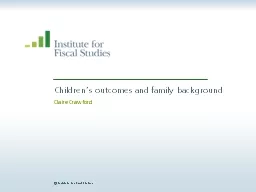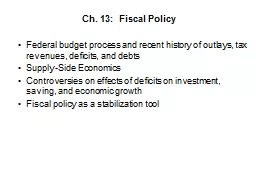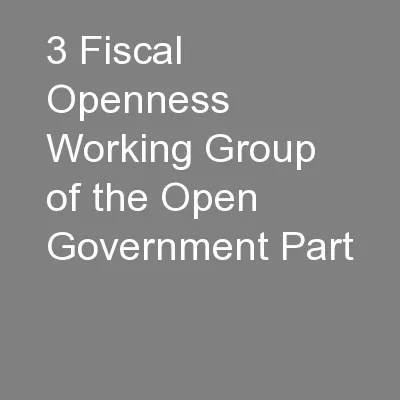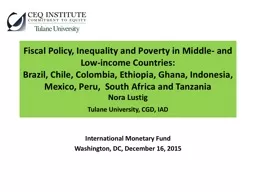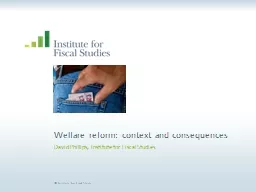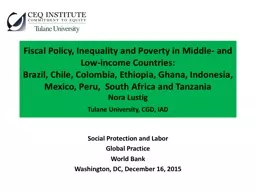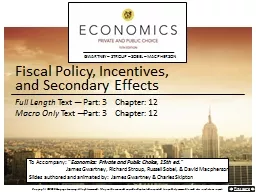PPT-© Institute for Fiscal Studies
Author : pasty-toler | Published Date : 2016-08-16
Childrens outcomes and family background Claire Crawford Introduction UK has relatively low intergenerational mobility Correlation between parents and childrens
Presentation Embed Code
Download Presentation
Download Presentation The PPT/PDF document "© Institute for Fiscal Studies" is the property of its rightful owner. Permission is granted to download and print the materials on this website for personal, non-commercial use only, and to display it on your personal computer provided you do not modify the materials and that you retain all copyright notices contained in the materials. By downloading content from our website, you accept the terms of this agreement.
© Institute for Fiscal Studies: Transcript
Download Rules Of Document
"© Institute for Fiscal Studies"The content belongs to its owner. You may download and print it for personal use, without modification, and keep all copyright notices. By downloading, you agree to these terms.
Related Documents

